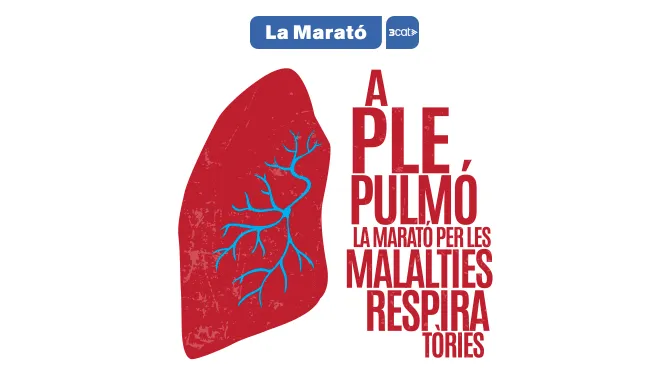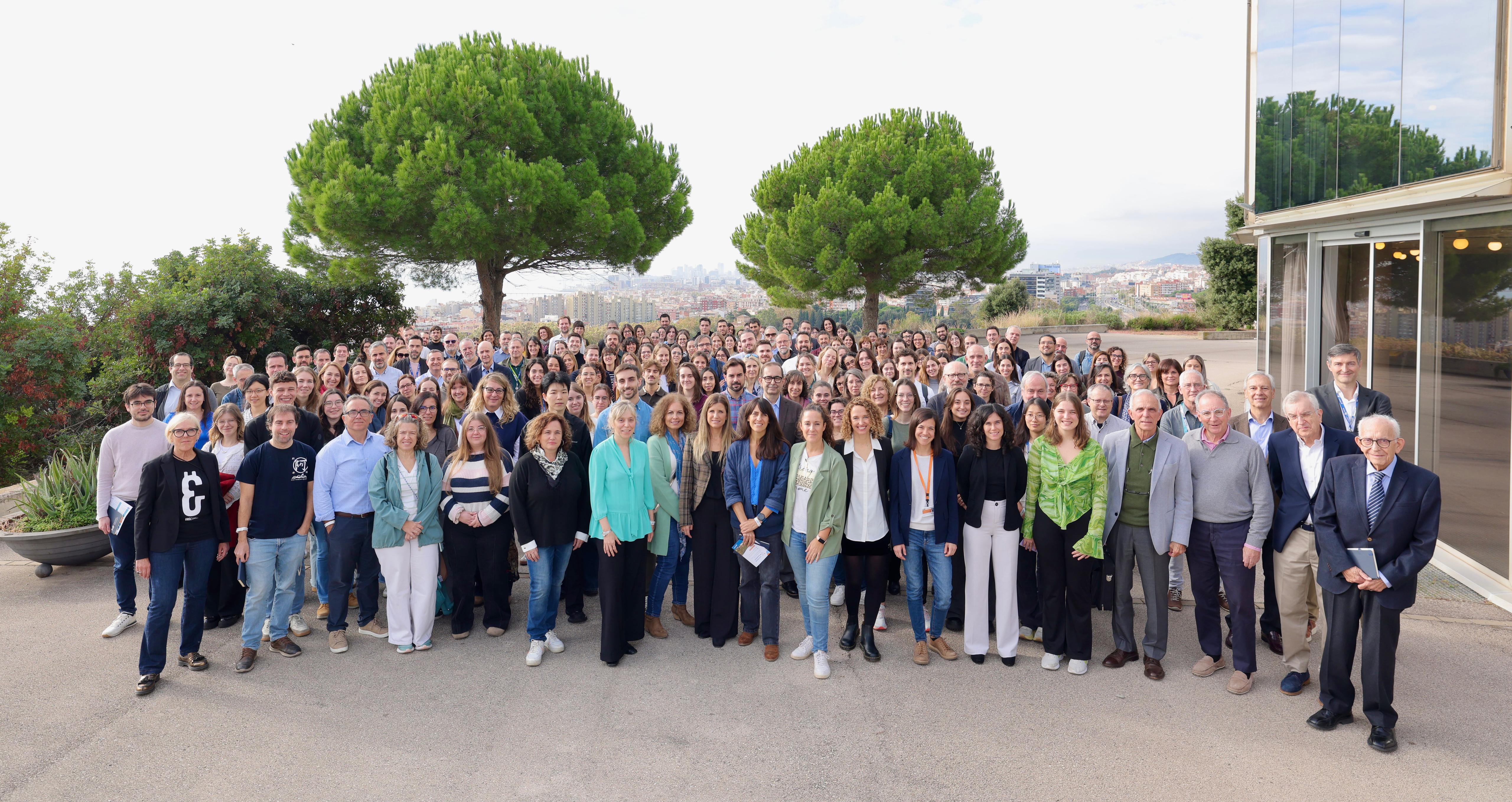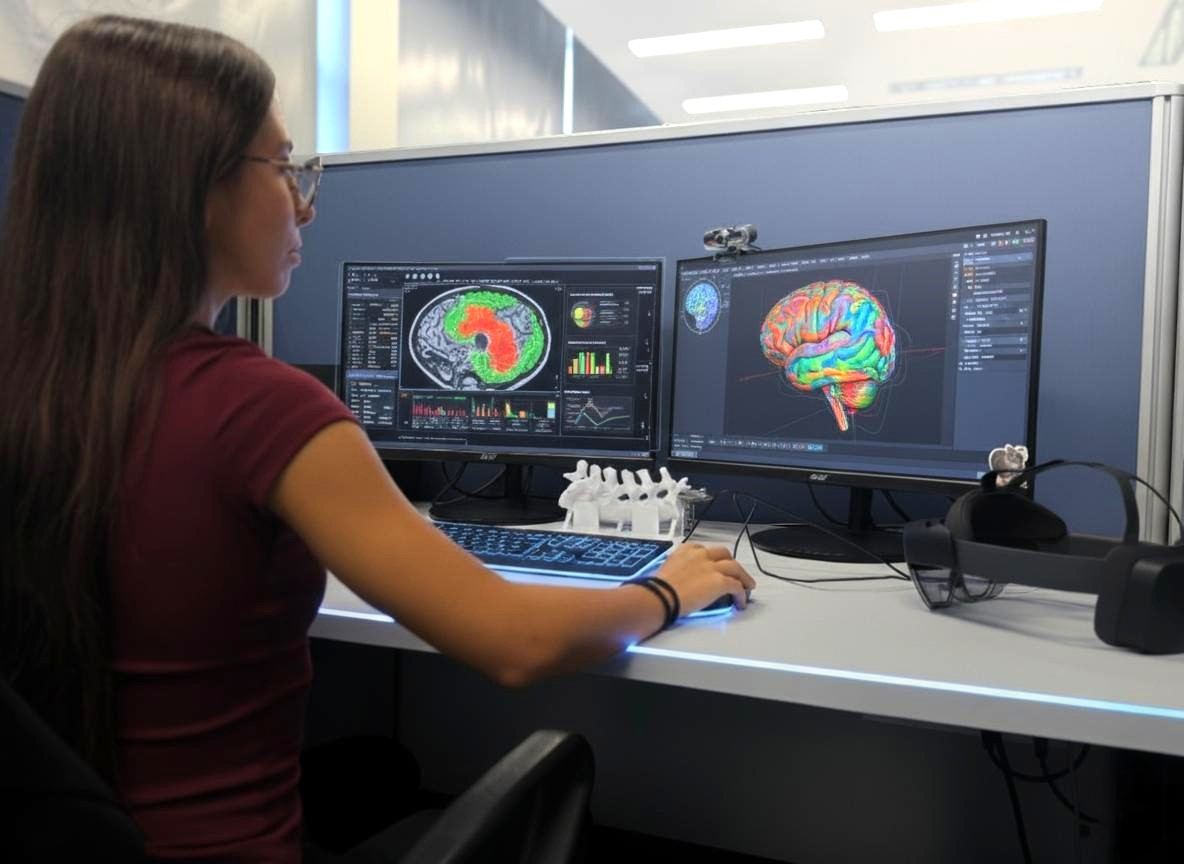The latest news about the CMCiB. For more news of research at the IGTP, please see our main website.
News
La Marató funds six IGTP research projects on respiratory diseases
IGTP has obtained funding for six projects, consolidating its trajectory in the field of biomedical and translational research on respiratory diseases. These projects, which address challenges such as tuberculosis, pulmonary fibrosis and legionellosis, represent the excellence and diversity of the research developed at the Can Ruti Campus.

IGTP marks 30 years of research and scientific collaboration at its annual symposium
The event gathered more than 200 researchers, reviewing the Institute's scientific trajectory and looking ahead to the future of research and innovation at the Can Ruti Campus.

IGTP strengthens its presence at BIOSPAIN 2025 as a benchmark in innovation and knowledge transfer
The Institute has taken part in BIOSPAIN 2025, the leading biotechnology event in southern Europe, with the aim of strengthening its knowledge and technology transfer strategy, showcasing its innovation capabilities, and fostering new collaborations with companies, investors, and stakeholders across the biomedical ecosystem.

Fisabio and IGTP lead pioneering studies using artificial intelligence to improve medical diagnostics
The Fisabio Foundation, an organisation under the Department of Health, and IGTP have signed a framework agreement for scientific collaboration to jointly promote research in the field of AI and radiomics

HIPRA receives European Commission approval for the commercialisation of its COVID-19 vaccine adapted to the LP.8.1 variant
The demonstration of the vaccine's efficacy in its preclinical phase was carried out at the Comparative Medicine and Bioimage Centre of Catalonia, a trategic project of IGTP.
An international study opens the door to a new standard treatment for head and neck cancer
The combination of the drug nivolumab with chemotherapy improves survival in patients with high-risk head and neck cancer and could become the new standard treatment, according to the results of an international trial led by professionals from ICO, IGTP and IDIBELL.
